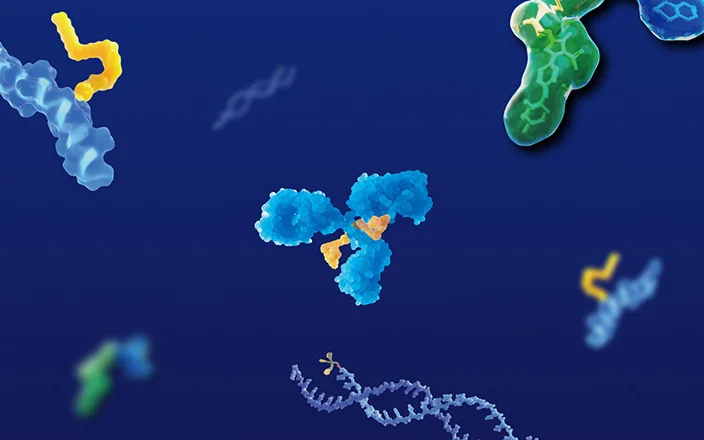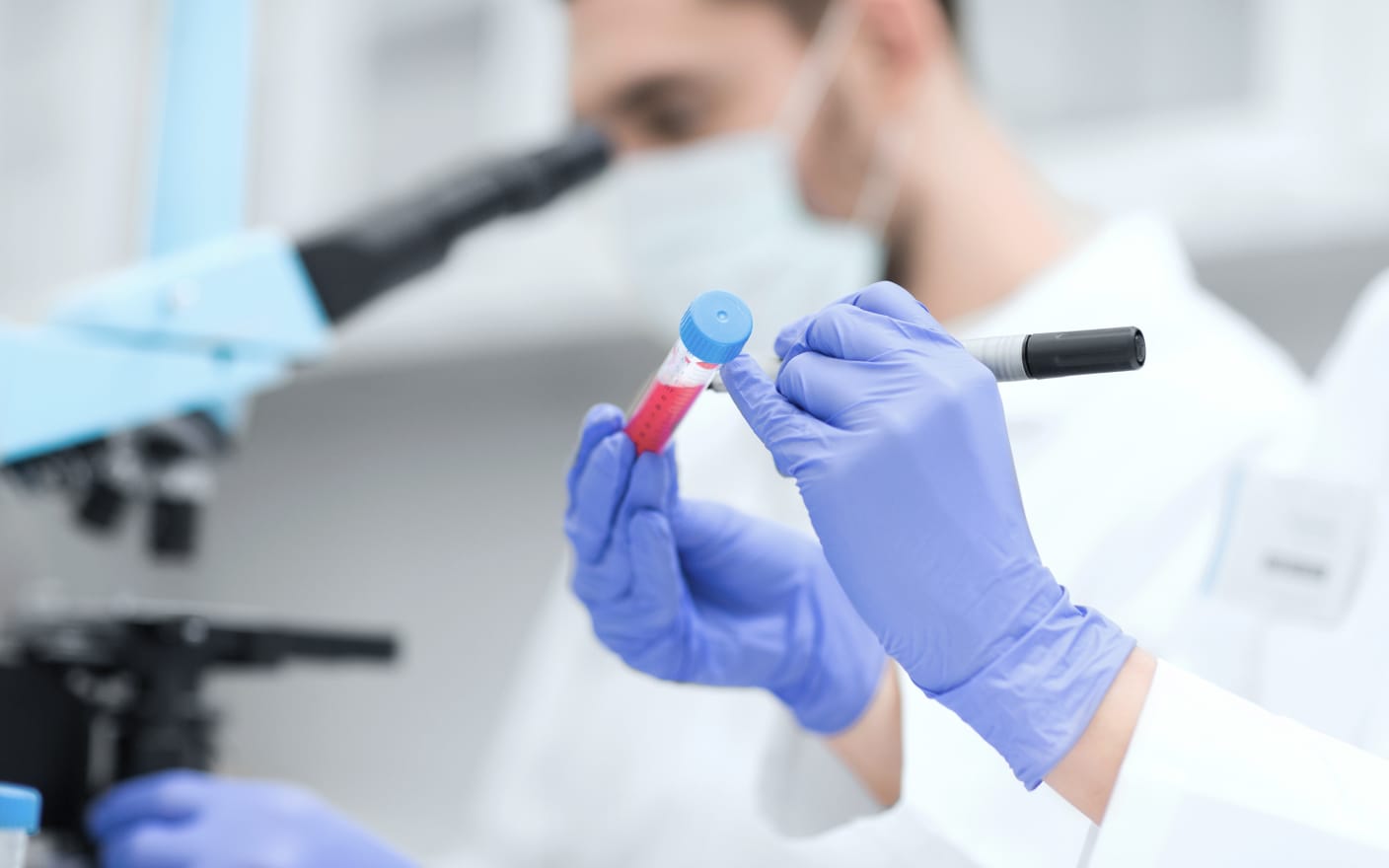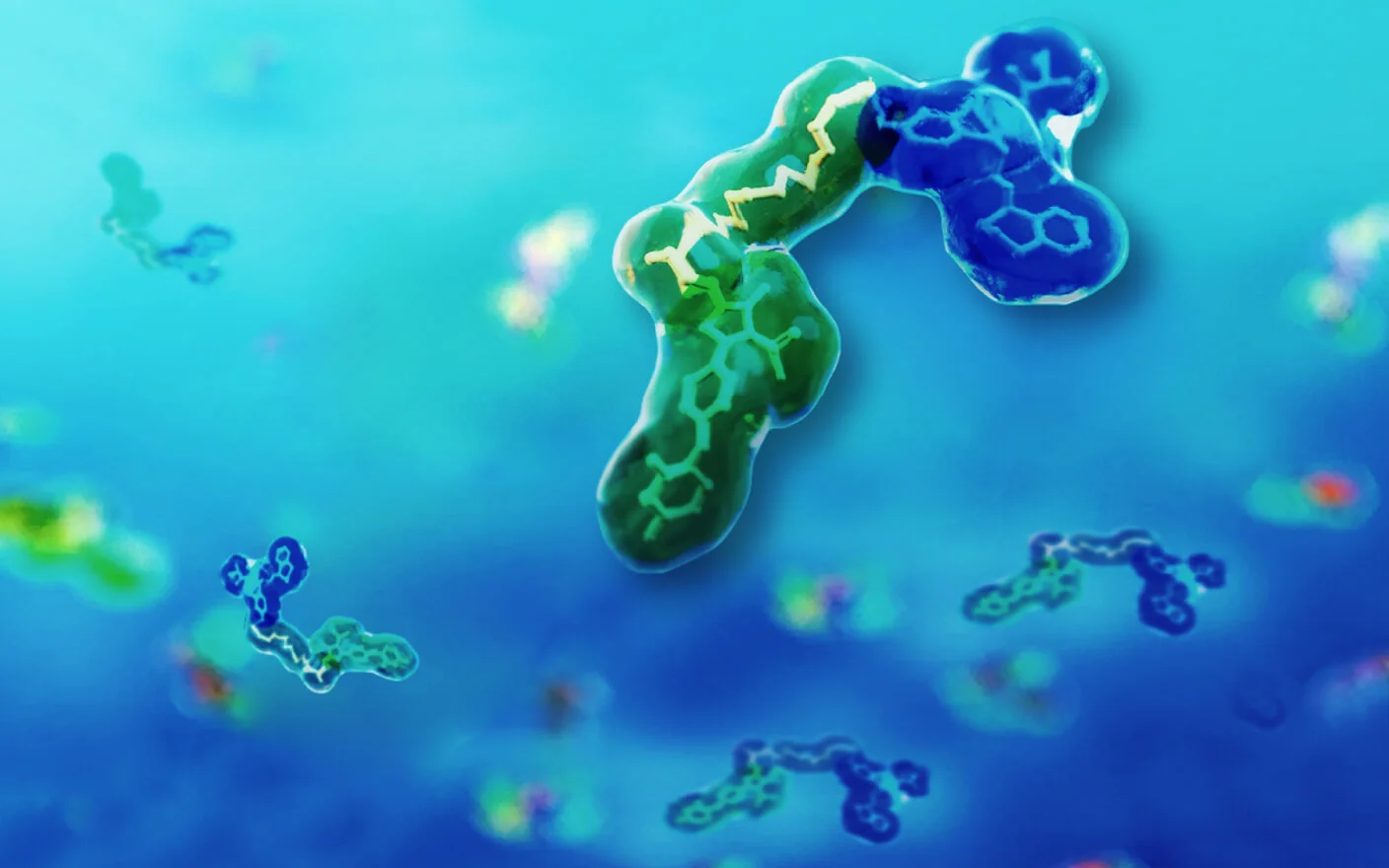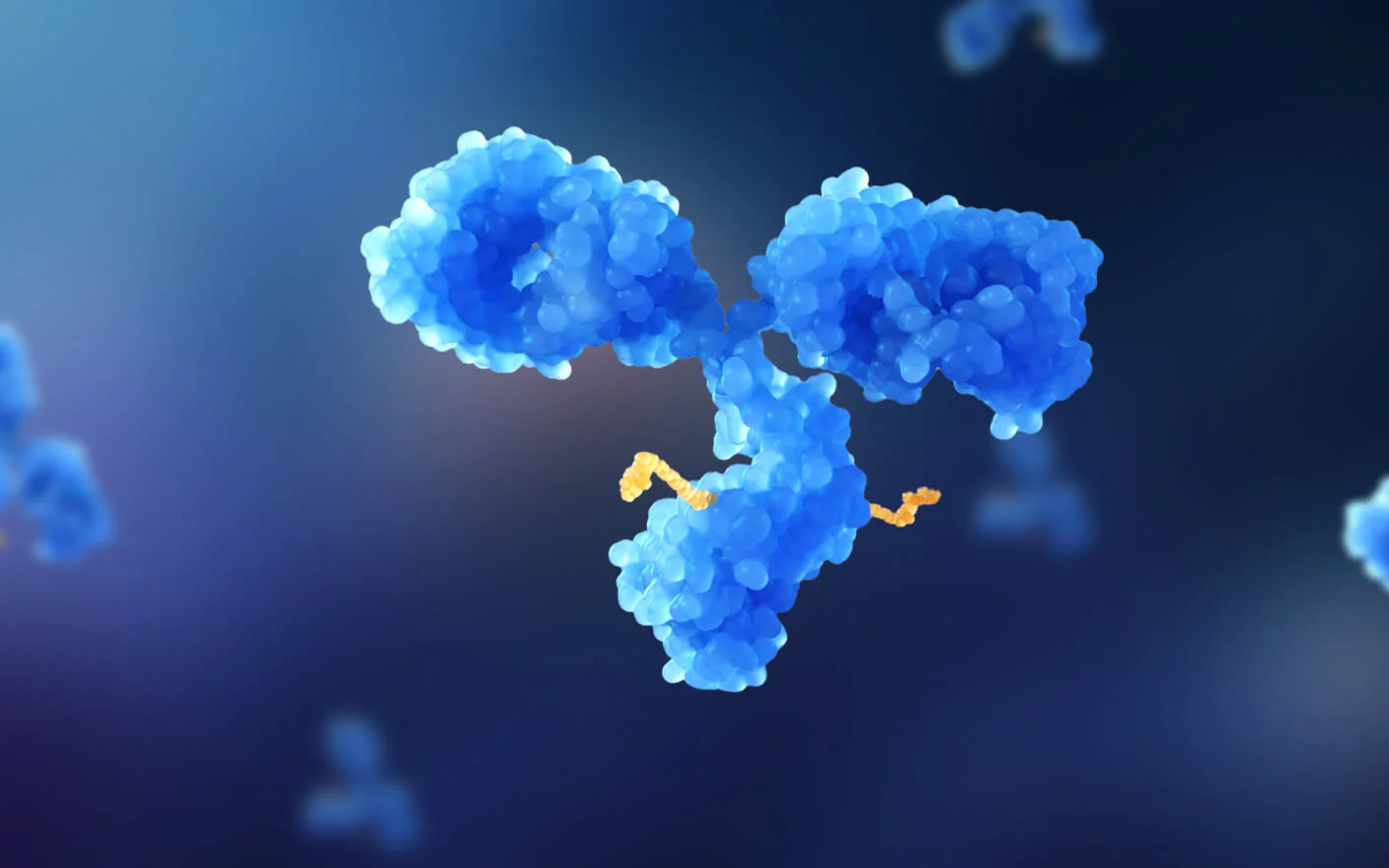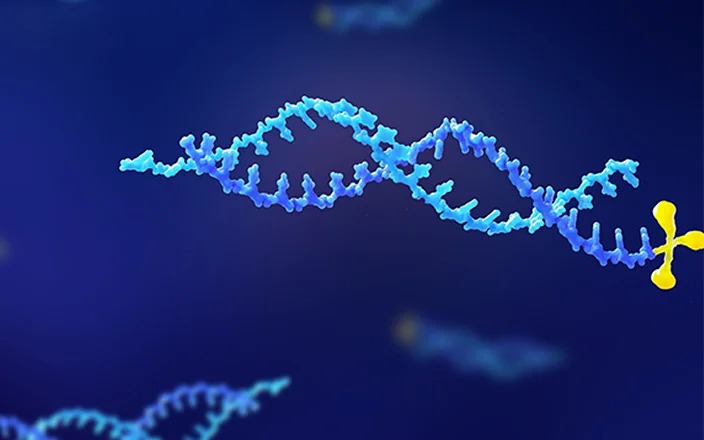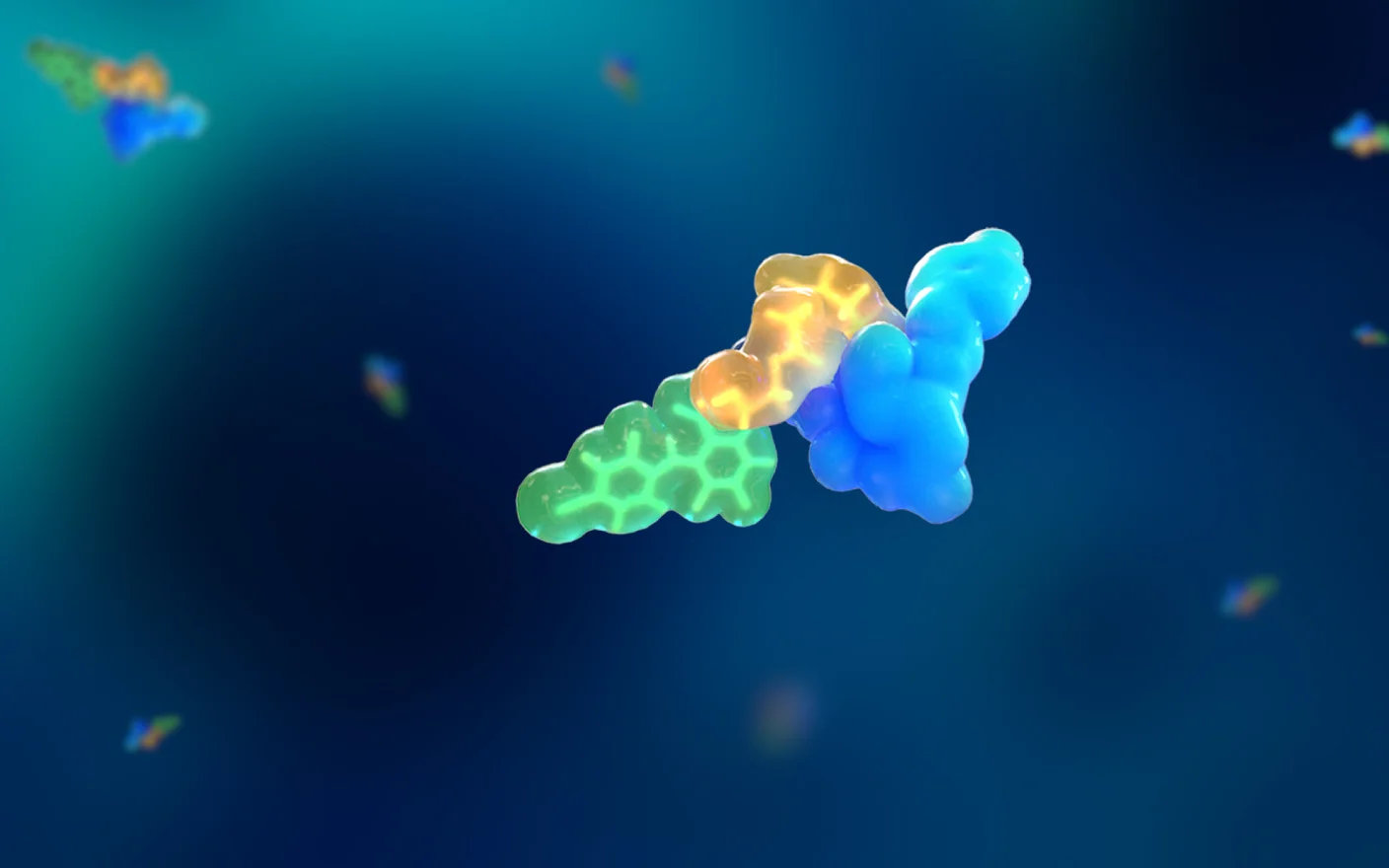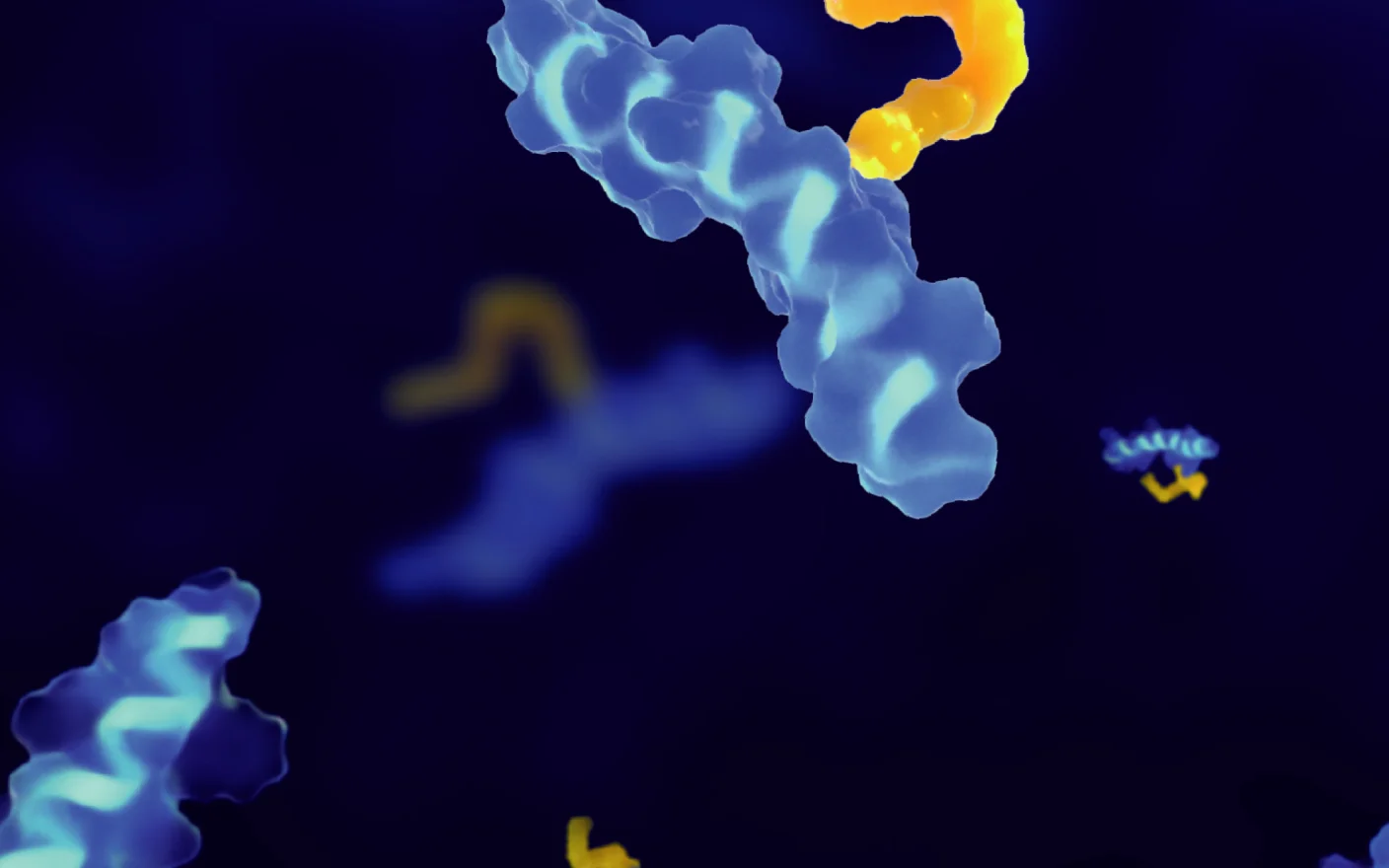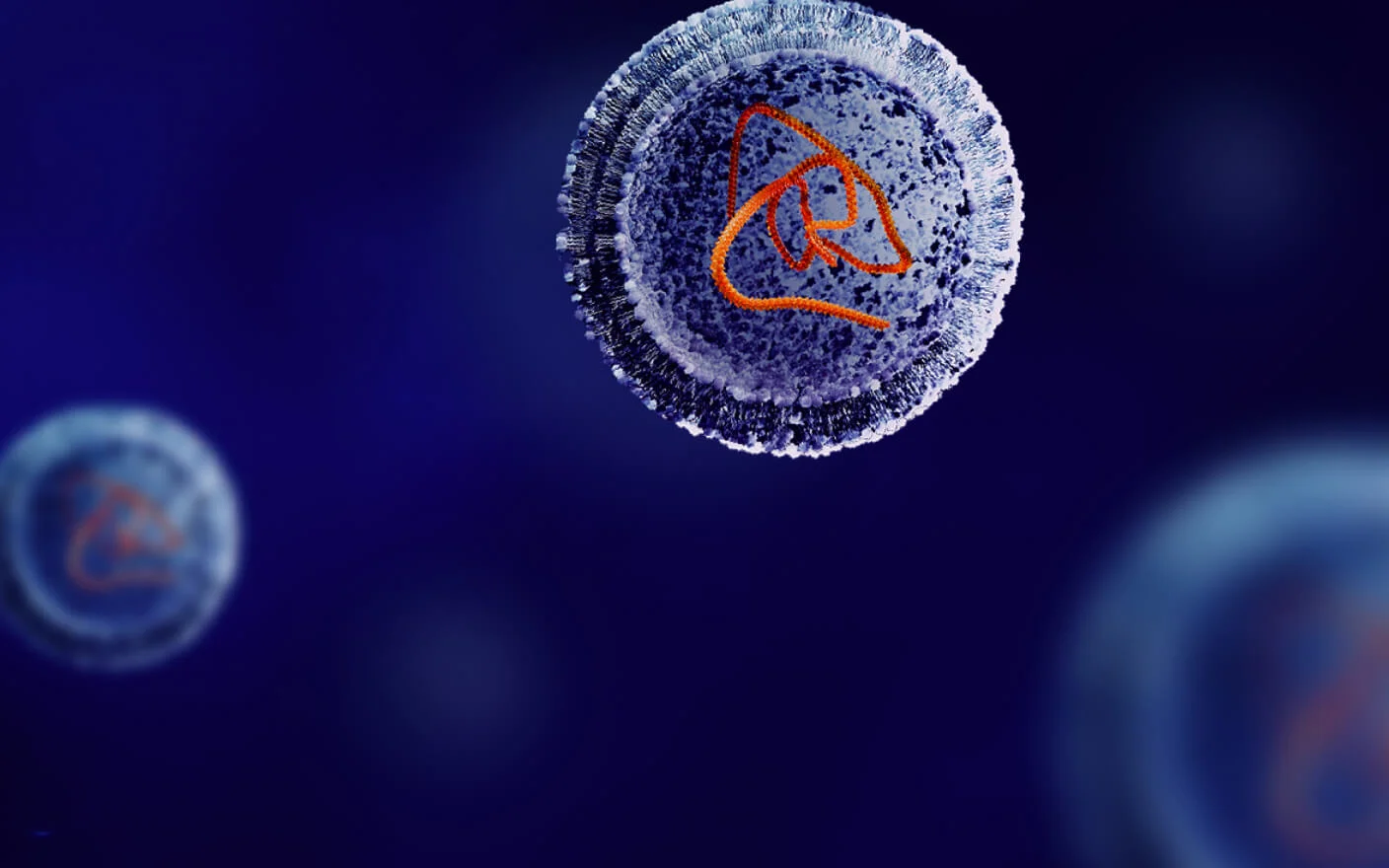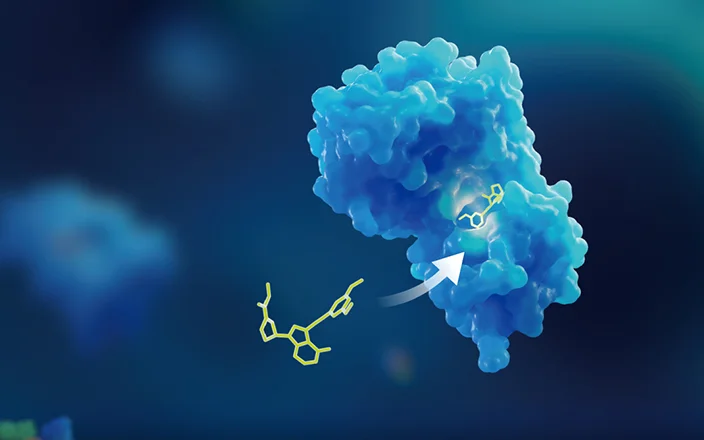By Xin Gu | November 15, 2022
Most drugs undergo some degree of biotransformation after being administered. This metabolism process allows a drug’s active pharmaceutical ingredient (API) to achieve its desired effect or be eliminated. Metabolism also creates innumerable metabolites that can stimulate or inhibit enzymes, cultivate a chemical reaction or defend against other organisms in vivo. For these reasons, metabolites that exceed 10% of total exposures to drug-related components in humans must be identified and characterized through targeted toxicological studies calledmetabolite identification (“MetID”) studies.
In vitro MetID assays are simple, rapid and can achieve high throughput. They can also be used to predict in vivo metabolism, thereby saving experimental test species. In vivo, MetID studies on animal bile, urine and feces can provide information on the drug’s metabolic and clearance pathways. Liver microsomes and hepatocytes can also be analyzed to establish a correlation between in vivo/in vitro metabolism. Radiolabeled ADME studies can use an LC-HRMS platform to determine mass balance and metabolite profiles in various biological matrices.
When are MetID studies used?
Metabolism studies are used at every stage of drug development to understand clearance pathways to find potentially active or reactive metabolites and observe disproportionate or unique metabolites. Put simply, they provide a better understanding of how a drug’s biotransformation impacts safety and efficacy. Understanding a metabolite’s structure and pathway provides critical information during:
Lead screening
Metabolite identification and characterization can screen the formation of reactive metabolites and other potentially problematic metabolites. Areas susceptible to metabolic modification (i.e., soft spots) can be quickly identified and the lead compound’s structure can be optimized to achieve greater efficacy.
Preclinical stage
In vitro MetID studies can be used to obtain cross-species metabolic differences. Comparing animals’ in vitro and in vivo metabolism data can determine if there is a good in vitro-in vivo correlation of metabolism, which further ensures the drug’s reliability.
Phase 1 clinical stage
Metabolite identification and characterization in human plasma, urine, and feces can reveal qualitative and semi-quantitative exposure of drug-related components to humans and drug clearance and metabolic pathways in humans. It can also inform toxicological animal species selection.
Radio-profiling
Metabolite structure and pathway data can inform a drug’s metabolism, distribution, and clearance in an animal or human. Profiling and identification of radiolabeled metabolites in plasma can establish the basis for deciding the dose-exposure relationship of drugs. Radiolabeled metabolites in bile, urine, and feces can provide information on drug clearance and metabolic pathways in vivo, informing enzyme phenotyping and transporter substrate analysis.
MetID studies for PROTACs
Proteolysis Targeting Chimera (PROTAC is a registered trademark of Arvinas. In this article, PROTAC specifically refers to the abbreviation of PROteolysis TArgeting Chimera as therapeutic modalities) drugs are novel therapeutic options used to treat previously untreatable diseases.1 Each PROTAC molecule consists of a ligand binding to the target protein, a ligand binding to an E3 ubiquitin ligase, and a linker. PROTACs do not inhibit target proteins, instead they bind to target proteins and degrade them via the ubiquitin-proteasome system (UPS) in a process known as “chemical knockdown.”
PROTACs are an attractive therapeutic option for their high potency and ability to inhibit protein activity even when binding to “non-ideal” sites. However, despite promising pharmacological characteristics, a PROTAC usually has a high molecular weight and sometimes poor permeability and solubility.1 This combination presents several analytical challenges.
PROTACs are heterobifunctional molecules with molecular weight ranging from 600-1400 Da. The linker in a PROTAC molecule impacts its metabolic stability greatly and linker cleavage metabolites, for example, resulting from N- or O-dealkylation, can be formed.2 Mass spectrometry (MS) analysis of PROTACs by electrospray ionization can result in a complex mixture of protonated molecular ions, doubly charged ions, or in-source further degraded ions. Metabolites can generate multiple ions in a similar way to the parent; for linker cleavage metabolites, simple protonated ions are usually formed. The propensity to generate additional ions complicates metabolite search, identification and quantification.
Semi-quantification using a full MS scan can help approximate the percentage of metabolites to the total drug. Both peak areas for singly and doubly charged species should be included. Ultraviolet light (UV) is also used to search for and semi-quantify metabolites, but the detection characteristics of PROTAC metabolites and the parent may be different. Ligands for protein of interest (POI) and E3 ligase usually have distinct UV chromophores, and linker cleavage metabolites are likely to have a different extinction coefficient than the parent, which can compromise semi-quantification data accuracy.
In addition to metabolites by common metabolism pathways, such as oxidation, hydrolysis, and glucuronidation, linker cleavage metabolites can be detected.3 The primary challenge is to find all relevant metabolites. A 14C-labeled MetID study is recommended to get the most definitive qualitative and quantitative data during in vivo MetID studies. This requires scientists to design 14C-labeled PROTAC molecules with desirable labeling positions that will reveal possible metabolites at their best capacities. This approach will maximize the information generated from radio-profiling and MetID studies.
MetID impact on PROTACs
Good in vivo performance requires good ADME properties, including permeability, solubility and low clearance. One strategy to address the issues of low permeability and poor solubility associated with lipophilic PROTACs is to incorporate heteroatoms (e.g., nitrogen) into the molecule.
A known caveat to this approach is the potential to introduce metabolic soft spots. Still, industry research shows that PROTACs’ metabolic stability is more influenced by their shape and rigidity, which determine how the molecule interacts with the metabolizing enzymes. Studies have also shown that PROTAC metabolism cannot be predicted from ligands and linker used for design and synthesis. The only way to figure out the potential metabolic liability of a PROTAC is to conduct MetID studies. These investigations will provide crucial information for the rational design of PROTACs with improved in vivo performance.
Cold in vivo studies entail MetID studies using plasma and/or other biological matrices from a single- or multi-dose PK study of the non-radiolabeled PROTAC of interest. A “cold study” produces an initial read of a PROTAC’s metabolic profiles in vivo. They can also determine the relative abundance of each metabolite and their metabolic pathways. The data obtained from cold studies are critical for designing more definitive labeled studies. Based on metabolite profiles, and how the PROTAC is cleaved during metabolism, scientists can develop radiolabeling in positions that reflect most of the metabolites within the synthetic feasibilities.
Predicting in vivo efficacy and toxicity with MetID studies
Linker cleavage can lead to metabolites that are close analogs of the POI or E3 ligase ligands. Those metabolites may retain affinity to the POI or E3 and potentially compete with the PROTAC to block its mode of action. In such cases, these metabolites are essentially active. If they are present in significant amounts, they can potentially confound the PK/PD relationship.
An inherent risk for PROTACs is off-target degradation, including bystander effects, where proteins other than the binding target within a complex are degraded. Small POI or E3 binding metabolites may pose additional risks. MetID studies in plasma and tissues — e.g., liver, kidney, muscles and tumors—determine the relative abundance of the parent PROTAC molecule and each metabolite in each matrix and will help to understand or evaluate the complex issues of in vivo efficacy and potential toxicity.
A final word
PROTACs’ strong pharmacological characteristics and targeting capabilities make for fascinating therapeutic options. But the drugs present unique analytical challenges for scientists studying in vitro/in vivo metabolism. MetID studies can help determine the relative abundance of metabolites present due to PROTAC metabolism, providing information to make them safer and more effective. Drug developers and sponsors who lack the experience or expertise to perform these critical studies should engage a qualified lab testing partner to help.
Click here to learn more about the strategies for PROTAC, or talk to a WuXi AppTec expert today to get the support you need to achieve your drug development goals.
Author Bio:
Xin Gu, Ph.D. of organic chemistry, has more than 15 years of research experience in drug discovery as a medicinal chemist. In her current role as a principal investigator in drug metabolism and biotransformation in DMPK department at WuXi AppTec New Jersey, she successfully conducted MetID studies in support of numerous programs from early discovery to clinical development.
Committed to accelerating drug discovery and development, we offer a full range of discovery screening, preclinical development, clinical drug metabolism, and pharmacokinetic (DMPK) platforms and services. With research facilities in the United States (New Jersey) and China (Shanghai, Suzhou, Nanjing, and Nantong), 1,000+ scientists, and over fifteen years of experience in Investigational New Drug (IND) application, our DMPK team at WuXi AppTec are serving 1,500+ global clients, and have successfully supported 1,200+ IND applications.
Reference
[1] Békés, M., Langley, D.R. and Crews, C.M., PROTAC targeted protein degraders: the past is prologue. Nature Reviews Drug Discovery 21, 181–200 (2022).
[2] Goracci L, Desantis J, Valeri A, Castellani B, Eleuteri M, Cruciani G. Understanding the Metabolism of Proteolysis Targeting Chimeras (PROTACs): The Next Step toward Pharmaceutical Applications. J Med Chem. 2020 Oct 22;63(20):11615-11638.
[3] Pike, A., Williamson, B., Harlfinger, S., Martin S. and McGinnity D.F. Optimising proteolysis-targeting chimeras (PROTACs) for oral drug delivery: a drug metabolism and pharmacokinetics perspective, Drug Discovery Today, 2020 Oct;25(10):1793-1800.
Related Services and Platforms




-

 MetID (Metabolite Profiling and Identification)Learn More
MetID (Metabolite Profiling and Identification)Learn More -

 Novel Drug Modalities DMPK Enabling PlatformsLearn More
Novel Drug Modalities DMPK Enabling PlatformsLearn More -

 In Vitro MetID (Metabolite Profiling and Identification)Learn More
In Vitro MetID (Metabolite Profiling and Identification)Learn More -

 In Vivo MetID (Metabolite Profiling and Identification)Learn More
In Vivo MetID (Metabolite Profiling and Identification)Learn More -

 Metabolite Biosynthesis and Structural CharacterizationLearn More
Metabolite Biosynthesis and Structural CharacterizationLearn More -

 Metabolites in Safety Testing (MIST)Learn More
Metabolites in Safety Testing (MIST)Learn More -

 PROTAC DMPK ServicesLearn More
PROTAC DMPK ServicesLearn More -

 ADC DMPK ServicesLearn More
ADC DMPK ServicesLearn More -

 Oligo DMPK ServicesLearn More
Oligo DMPK ServicesLearn More -

 PDC DMPK ServicesLearn More
PDC DMPK ServicesLearn More -

 Peptide DMPK ServicesLearn More
Peptide DMPK ServicesLearn More -

 mRNA DMPK ServicesLearn More
mRNA DMPK ServicesLearn More -

 Covalent Drugs DMPK ServicesLearn More
Covalent Drugs DMPK ServicesLearn More
Stay Connected
Keep up with the latest news and insights.





